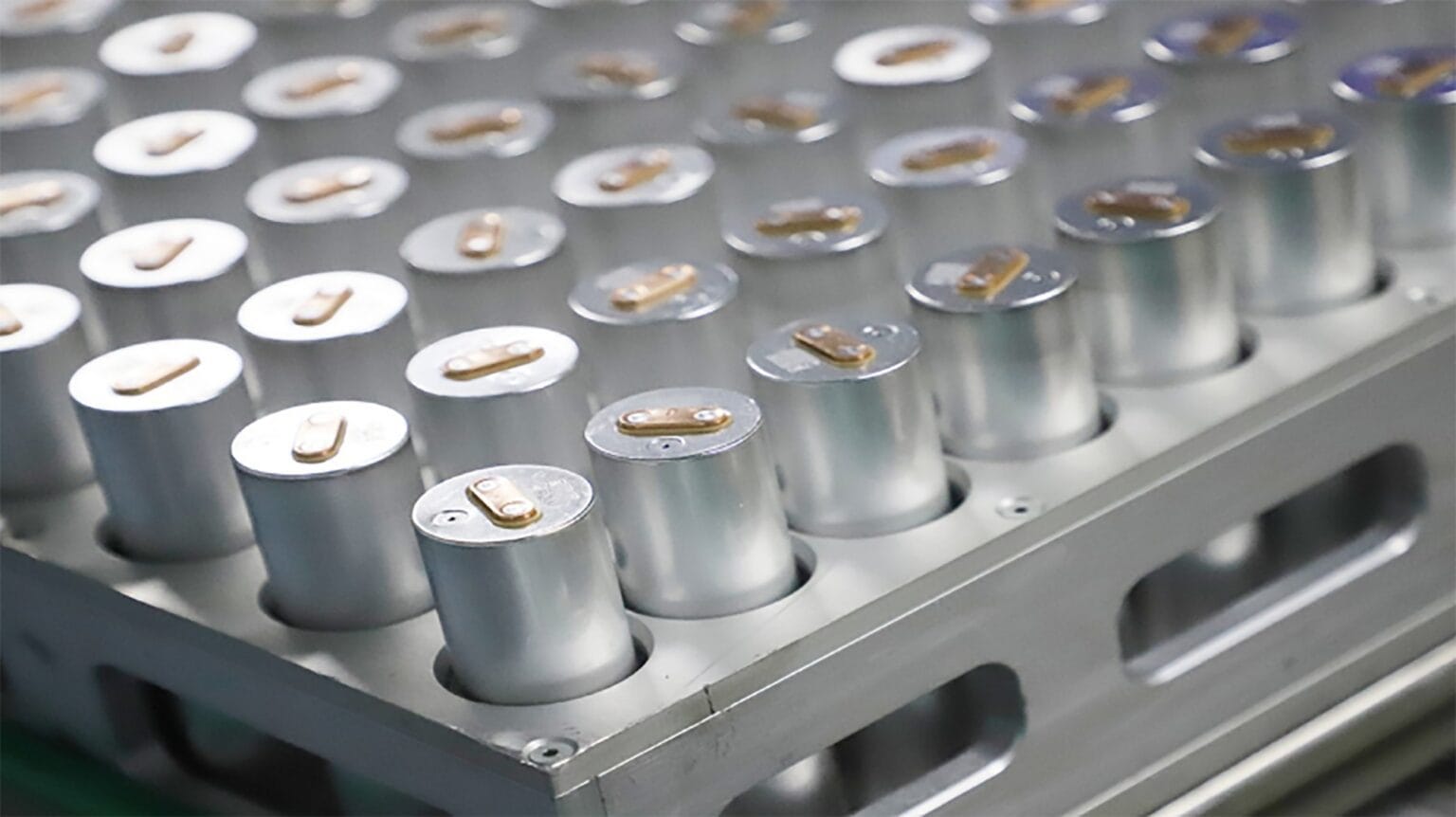In the face of the rise of renewable energies, ensuring the stability of the electrical grid has become a major challenge. To address this, Morocco is resolutely focusing on lithium iron phosphate (LFP) batteries, a reliable, durable technology suited to local constraints. This choice is part of a national strategy for equipping, testing, and industrializing energy storage.
Globally, the battery market is experiencing explosive growth. In 2024, the capacity of battery energy storage systems (BESS) surged by 53% to reach 200 GWh, according to the consulting firm Rho Motion. This momentum is expected to continue, with a capacity anticipated to reach 400 GWh by the end of 2025. These systems, generally coupled with solar and wind installations, help mitigate the intermittency of production by injecting stored electricity during peak demand.
Morocco is fully engaged in this dynamic. On May 20, 2025, the Masen Agency announced a new pilot project called the “Morocco Energy Storage Testbed Project,” validated by the World Bank. Deployed at the iconic Noor Ouarzazate site, this program aims to experiment with different technological storage solutions to improve grid flexibility. With an initial budget of $3.25 million for equipment acquisition and $200,000 for design, the project marks a key step in exploring innovative options.
At the same time, ONEE launched an ambitious project in April to deploy 1,600 MWh of storage across ten critical sites. All these installations will be based on LFP technology, known for its thermal stability, longevity exceeding 20 years, and operational availability above 98%.
A dominant technology globally—accounting for 87% of installed capacities in 2024—the LFP battery stands out particularly due to its lower cost (about 30% less than NMC batteries) and the use of more accessible raw materials, such as iron and phosphate. This is a boon for developing countries seeking energy autonomy.
Morocco also intends to leverage its natural resources and industrial fabric to integrate into the battery value chain. OCP plans to produce 30,000 tons of intermediate materials for LFP batteries by 2027, while its subsidiary Mera Batteries aims to achieve a production capacity of 1 GWh by 2026. Other projects are strengthening this ecosystem: in Jorf Lasfar, the Al Mada group and the Chinese CNGR will build a production unit of 60,000 tons annually. LG Chem and Huayou aim for 50,000 tons, while the Chinese Gotion High-Tech plans to open a gigafactory in Kénitra.
With all these initiatives, Morocco aims to build a strong national energy storage sector, adapted to the growing needs of its grid and capable of having a continental impact.


